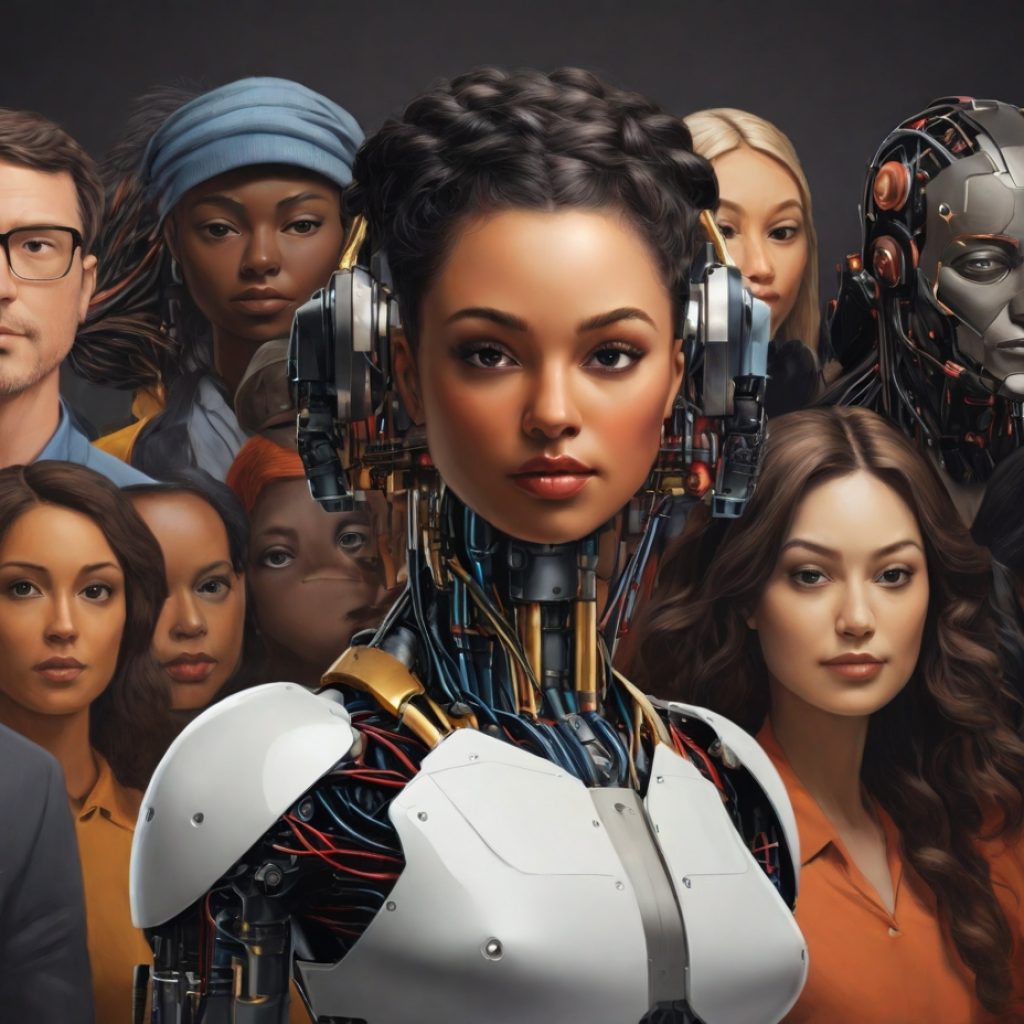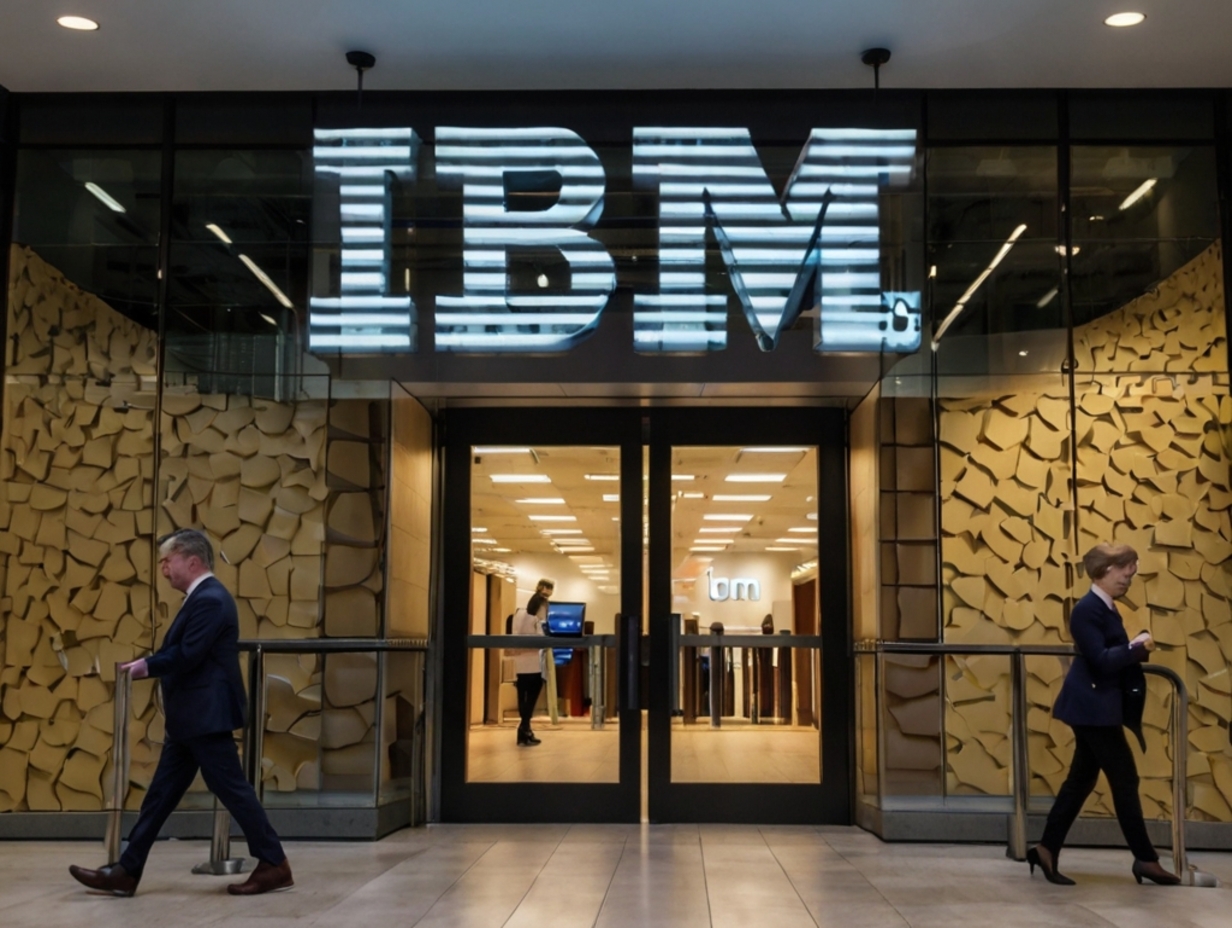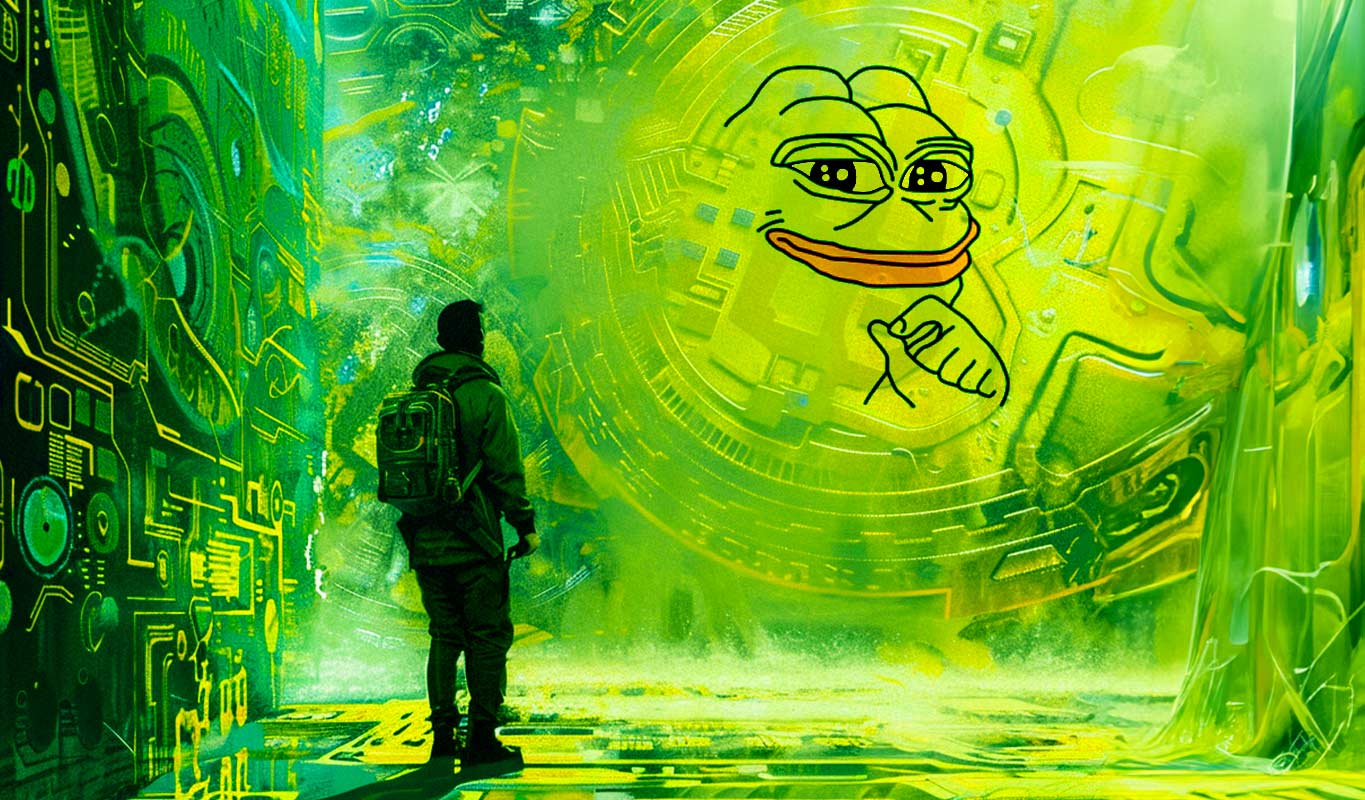A recent report published by the renowned labor market researcher, Indeed Hiring Lab, has shed light on the vulnerability of various professional sectors to the impending rise of generative AI technologies. Titled the ‘AI at Work Report’, the study utilizes comprehensive data from the Bureau of Labor Statistics and its preceding analyses to reveal the likelihood of different age groups and professions being significantly impacted by the advancement of generative AI in the workplace.
The report underscores a notable trend concerning the susceptibility of different age groups to the influence of generative AI. Notably, younger professionals, particularly those between the ages of 16 and 24, are depicted as having the lowest potential exposure to AI-driven transformations. A mere 5.6% of this demographic is identified as highly susceptible to AI’s influence, primarily due to the nature of the roles they typically occupy. Many of these early-career professionals engage in jobs that rely on swiftly acquirable skills or are oriented toward tasks that do not substantially benefit from AI integration.
Middle-career professionals bear the brunt of AI impact
In stark contrast, mid-career professionals, aged between 25 and 54, emerge as the most vulnerable group, with a substantial 13.4% classified as highly exposed to the effects of generative AI. Another 58.4% fall into the category of moderate exposure, indicating a significant likelihood of their roles being altered by AI technologies. Notably, this group is prone to engaging in positions where the nuanced capabilities of generative AI find ample scope for application, such as management roles, “Business & Finance,” and “Mathematics & Computers.” The study suggests that these professionals often seek further education, aligning themselves with roles highly receptive to AI integration.
Contrary to expectations, the report indicates that the older workforce, aged 55 and above, shares a striking resemblance to their younger counterparts in terms of resilience to AI integration. Only 11.5% of this segment faces high exposure to generative AI, with 59.4% and 29.1% falling under the categories of moderate and low exposure, respectively. The roles typically undertaken by these experienced professionals, such as driving, cleaning, and sanitation, involve significant hands-on and interpersonal elements that remain challenging for AI to replicate effectively.
Sector-specific vulnerability analysis
The report also delves into the specific sectors and professions most susceptible to the transformative impact of generative AI. It identifies management as a field where AI exhibits notable proficiency, with the technology demonstrating a commendable capability to execute 67.9% of the requisite tasks at a “good” or “excellent” level. Conversely, professions such as food preparation and service, which largely rely on manual skills and direct human interaction, are deemed less susceptible to AI-driven alterations.
As the influence of generative AI continues to unfold, the report serves as a crucial tool for workforce planning and preparation. While the younger generation appears relatively secure, the middle-career professionals are advised to stay abreast of technological advancements and invest in upskilling endeavors to remain competitive in an increasingly AI-integrated work environment. Meanwhile, the seasoned workforce should continue to leverage their experience and expertise in roles where human touch and intuition remain irreplaceable, at least for the foreseeable future.





